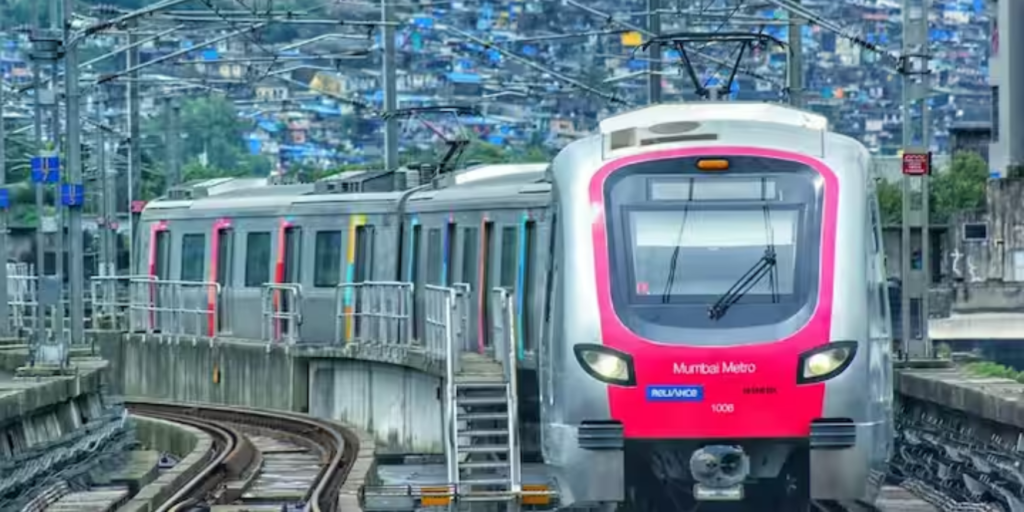Sustainable urban development is a critical aspect of modern cities as they grapple with rapid urbanization and increasing environmental concerns. The Mumbai Metro, as a mass transit system, plays a significant role in promoting sustainable urban development in the bustling metropolis. Here’s how the Mumbai Metro contributes to sustainability and its impact on the city’s urban development:
Reduced Carbon Emissions:
One of the primary advantages of the Mumbai Metro is its ability to reduce carbon emissions. By providing an efficient and eco-friendly mode of public transportation, the metro system encourages people to opt for mass transit instead of private vehicles. This shift away from fossil-fuel-based transport reduces air pollution and mitigates the city’s contribution to greenhouse gas emissions.
Traffic Decongestion:
Mumbai is notorious for its traffic congestion, which not only causes frustration among commuters but also wastes significant amounts of fuel and increases pollution levels. The Mumbai Metro eases this burden by offering an alternative means of transportation, which results in fewer vehicles on the roads and smoother traffic flow.
Optimized Land Use: The Mumbai Metro’s design often necessitates vertical construction, such as elevated tracks and underground tunnels. This approach optimizes land use by utilizing limited space efficiently, leaving more ground-level areas available for other urban development purposes like parks, public spaces, and commercial buildings.
Transit-Oriented Development (TOD):
The development of the Mumbai Metro has led to the emergence of transit-oriented development around its stations. TOD is a planning concept that promotes mixed-use, high-density development centered around public transportation hubs. This encourages people to live, work, and play within walking distance of metro stations, reducing the need for long commutes and supporting sustainable lifestyles.
Social Equity and Accessibility:
Sustainable urban development aims to create inclusive cities that provide equal opportunities for all residents. The Mumbai Metro enhances accessibility for people of diverse socioeconomic backgrounds by offering an affordable and efficient mode of transportation. This connectivity opens up new job opportunities, educational access, and social integration, benefiting underserved communities.
Encouraging Non-Motorized Transport:
The Mumbai Metro often integrates with other modes of transport, such as buses and pedestrian pathways, to create seamless connections. This encourages the use of non-motorized transport, such as walking and cycling, for short distances to and from metro stations, further reducing the carbon footprint and promoting healthier living.
Environmental Impact Mitigation:
Sustainable urban development involves minimizing adverse impacts on the environment. The Mumbai Metro project incorporates various environmental measures, such as rainwater harvesting, waste management, and energy-efficient infrastructure, to mitigate its ecological footprint.
Stimulating Economic Growth:
The Mumbai Metro, by improving connectivity and accessibility, enhances the city’s economic productivity. It fosters the growth of businesses and industries in areas served by metro stations, spurring economic development in those regions.
As Mumbai continues to expand and urbanize, the Mumbai Metro’s role in sustainable urban development becomes increasingly crucial. It not only addresses immediate transportation needs but also contributes to building a greener, more inclusive, and economically vibrant city for the future. However, continuous efforts and long-term planning are essential to maximize the positive impacts of the metro system on sustainable urban development.

